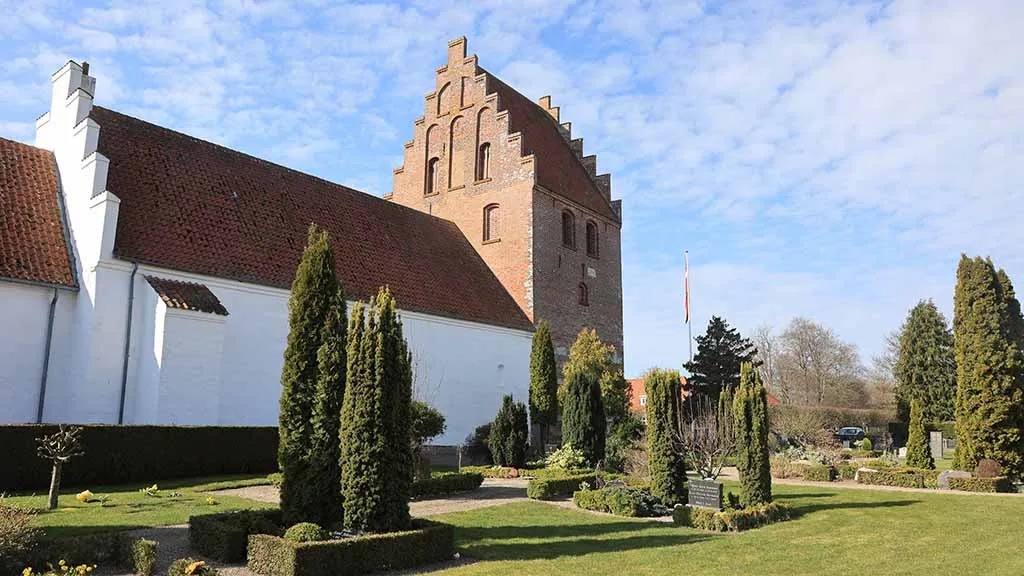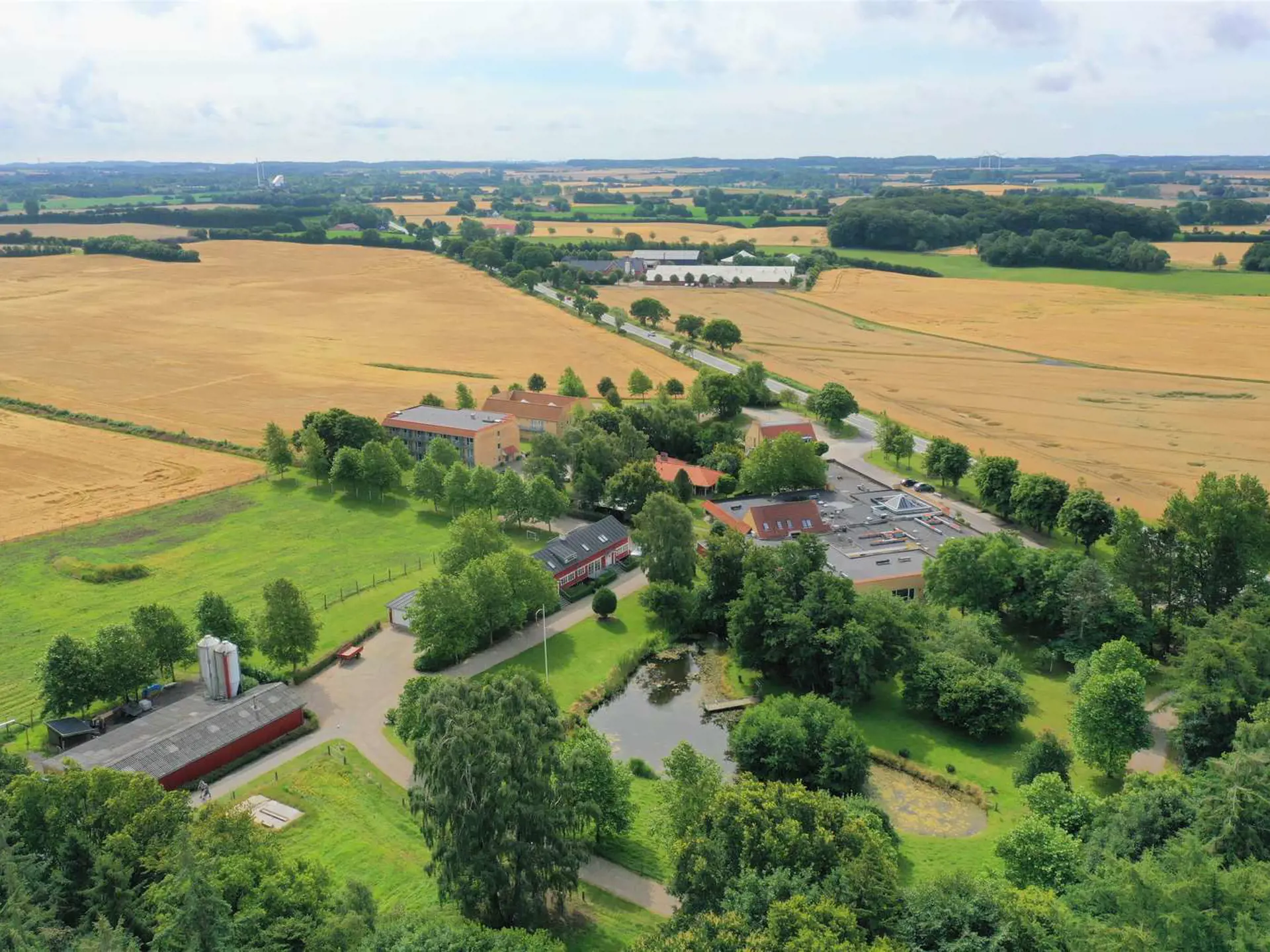Lunde church is from Romanesque times around the 12th century. The church belonged to the Crown. In 1384, King Hans of Denmark issued a deed of gift to the rectory for a piece of land in exchange for soul masses being held, and this is the only time he has donated to a village church.
The tower was built around the year 1500.
In 1696 the ownership passed to the lord Christoffer Sehested of Nislevgård, and the church belonged to the estate until 1909.
In 1938, the church was renovated.
Worth a look:
- To the left of the front door of the nave is a series of pictures of the church's priests from 1844 to the present day
- The chandeliers were donated to the church by families from Lunde in the years 1911-1913. The inscriptions on the chandeliers in the nave show who the donors are.
- The pulpit is in a simple baroque design of oak and has details from the Young Renaissance, but has been completely transformed in recent times.
- The granite baptismal font is in Romanesque style with a wide twisted shaft belt and arcades
- On a small shelf near the baptismal font, there is a copy of Thorvaldsen's Christ figure in miniature. The original is in the Cathedral in Copenhagen.
- The altarpiece from the last part of the 15th century has a neo-Gothic frame. In the middle is inserted a late Gothic, gilded relief of the crucifixion.
- On the east side of the choir are beautiful frescoes from the 16th century - They were uncovered in 1975 and depict three scenes of Jesus' suffering and death: The bleeding man of pain, crucified and dead in his mother's arms. There were also other frescoes in the church, which were uncovered in 1884, but they were whitewashed again.
















